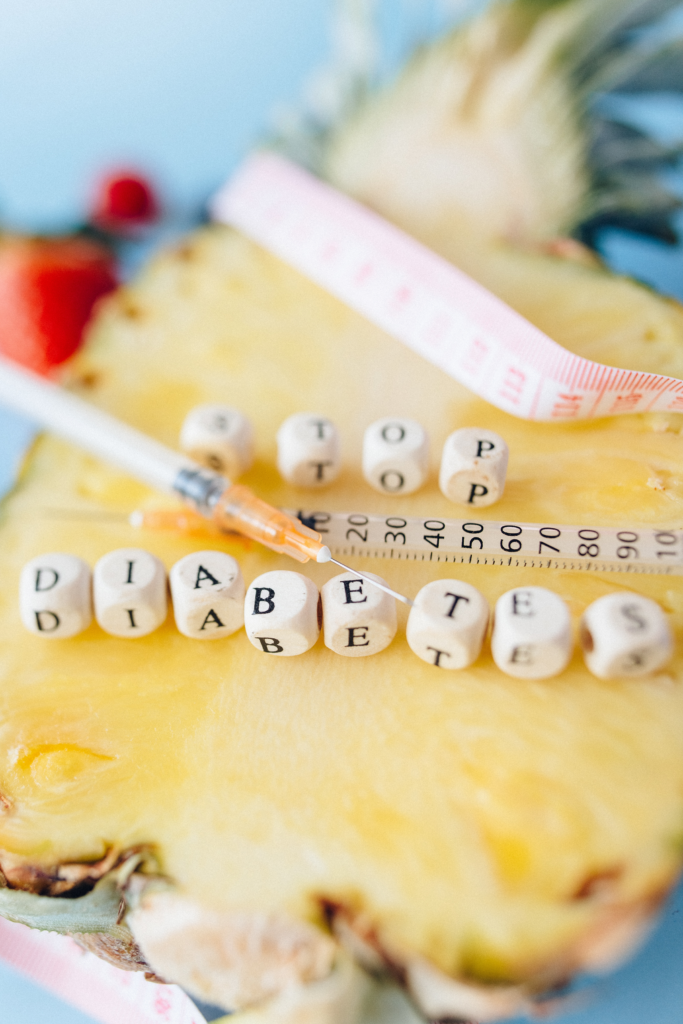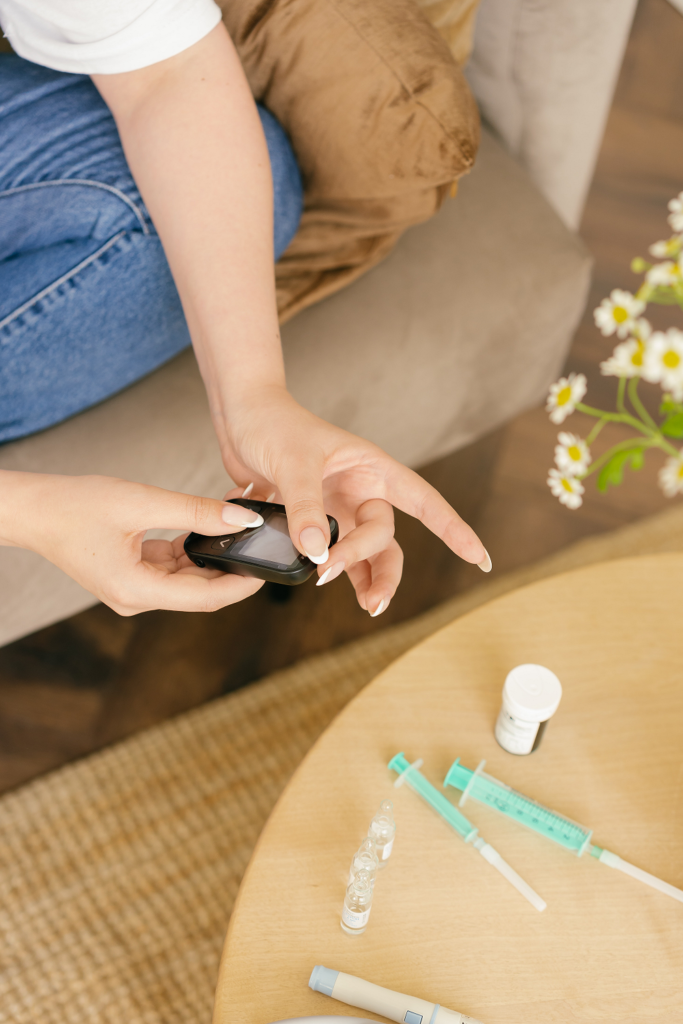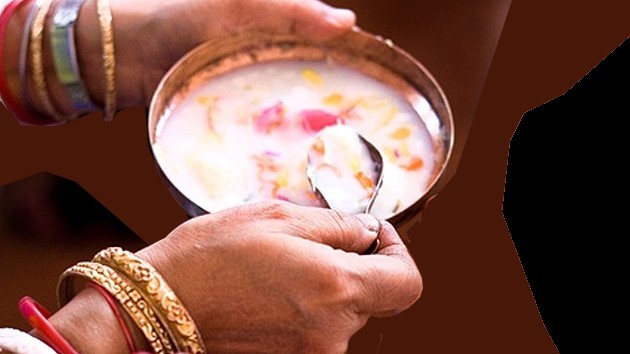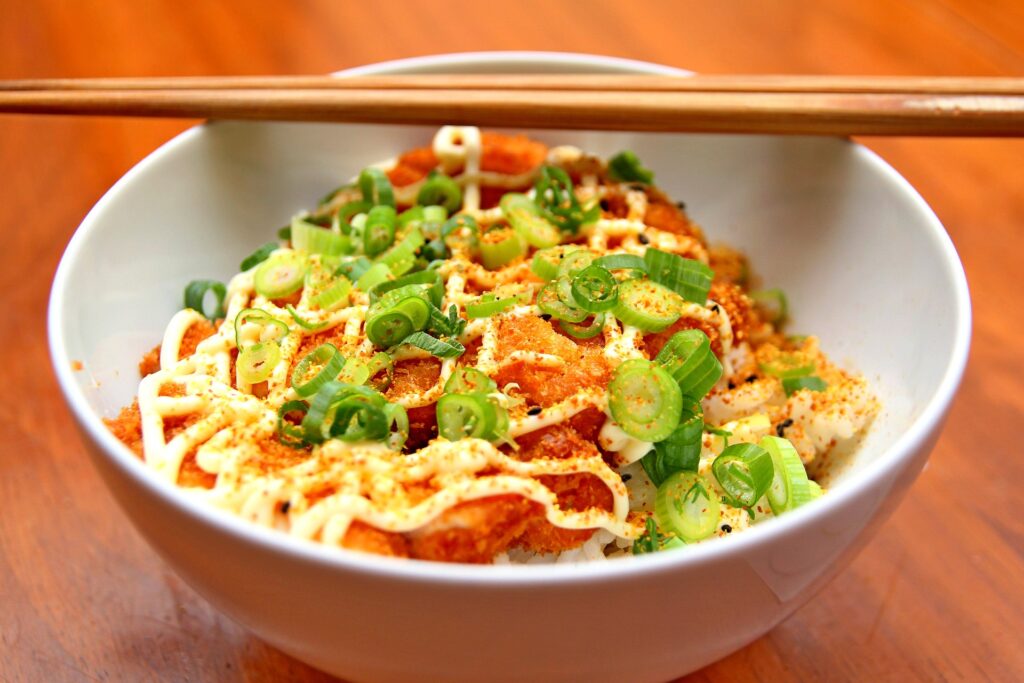

Type 2 diabetes mellitus is mostly an acquired disease, which develops due to poor lifestyles. Then is diabetes reversible?
“sama dosha sama agnischa sama dhatu mala kriyaaha |Prasanna atma indriya manaha swastha iti abhidheeyate” – Sushruta Samhita
Means perfect health is the perfect balance between:
- The 3 doshas (sama dosha) i.e. vata, pitta, kapha ,
- Digestive fire or agni (sama agnischa)
- Body tissues (sama dhatu)
- Excretory functions (mala kriyaha)
- With positive mind (atma), senses (indriya), mind (manah)
According to WHO, health is a state of complete physical, mental and social well-being, not simply the absence of disease.
What is type 2 diabetes?
The term “diabetes mellitus” is derived from the Greek word “diabetes” which means “siphon” (to pass through) and from the Latin word “mellitus” which means “honeyed” or “sweet”. Diabetes occurs when excess sugar is found in the blood and urine.
Diabetes is a chronic metabolic disorder associated with abnormally high levels of blood sugar – this implies that a person’s hemoglobin glicosilada (HbA1C0) is 7% or higher.
What causes type 2 diabetes?
Type 2 diabetes mellitus is mostly an acquired disease, which develops due to poor lifestyles. In some cases, the disease is acquired quite easily due to predisposed genetic factors.
The pancreas, an organ located behind the stomach, secretes a hormone called insulin which regulates blood sugar. In diabetes, the beta cells of the pancreas are damaged and therefore they produce less insulin.
Diabetes may also be linked to aging. As a person ages, the pancreas also ages and insulin production decreases. As a result, blood sugar rises, leading to diabetes.
The pathophysiology of diabetes indicates peripheral insulin resistance, decline in beta cell function, and impaired hepatic glucose regulation. Today, diabetes is rampant among young and middle-aged men and women. In this particular context, the generalization of diabetes is mainly attributed to insulin resistance.
In short, diabetes is usually an acquired disorder although there is also a genetic predisposition.
There are also other less common causes:
- Gestational
- diabetes Latent autoimmune diabetes
- A rare form of diabetes due to a genetic mutation or monogenic diabetes
- Diabetes due to cystic fibrosis of the pancreas
- Chronic pancreatitis leading to diabetes
- Long-term use of steroids leading to diabetes
Caused by insulin resistance?


Insulin resistance is caused by visceral fat – fat found on muscles, internal organs including the liver, intestines, heart, kidneys, etc. Visceral fat is derived from consumed carbohydrates which are not used as energy and therefore stored as fat in the body.
Insulin resistance drastically reduces the uptake of sugar from the blood into the cells, which makes the patient tired and fatigued, while the glucose remains in the blood.
To fight diabetes caused by insulin resistance, you must reduce visceral fat by moderating your diet, abandoning a sedentary lifestyle and actively managing stress.
Diabetes according to Ayurveda?
In the Ayurvedic lexicon, diabetes is called “Prameha” or “Madhumeha”.
‘Madhu’ translates to ‘sweet as honey’ and ‘Meha’ refers to ‘urine’. 5000 years ago, doctors detected the presence of glucose in urine and performed physical tests in which they studied the appearance of urine to diagnose the type of dosha involved in diabetes.
The etiopathology of diabetes indicates that reliance on a sedentary lifestyle and excessive sleep can aggravate Kapha Dosha and trigger diabetes. In addition, consumption of the following foods can also lead to diabetes by aggravating Kapha and vitiating fatty and muscle tissues:
- Yogurt and other dairy products
- Meat from domestic and aquatic animals
- Freshly harvested cereals
- Alcoholic beverages
- Jaggery [coconut sugar]
Similarly , Pitta Dosha can be aggravated by diet and lifestyle factors. This can cause another type of diabetes.
When Kapha and Pitta are out of balance, it disrupts Vata. Therefore, aggravated Vata draws the essence from bone marrow and lymph and passes it into the urinary tract, which ultimately causes another type of diabetes.
How does Ayurveda treat diabetes?


The aim of Ayurveda in the treatment of diabetes is to achieve ‘reverse pathogenesis‘, also known as ‘Samprapti Vighatana’. In doing so, the cause and techniques to remove the etiology or causal factors are provided.
For this reason, under Ayurvedic treatment, you do not achieve immediate blood sugar control and acute management is best achieved with the help of allopathic medicines.
The advantage of the Ayurvedic method is that it attacks the root cause and eliminates the problem at the root. To achieve maximum results in this endeavor, perseverance is essential.
Ayurveda therapies for diabetes?
There are many therapies used in Ayurveda to fight diabetes. I describe some of them below.
1. Detox/ Panchakarma for diabetes management
This line of treatment is described in detail in Charaka Samhita. The treatment procedure is different for thin and obese patients. A combination of nourishing therapies and medications are administered to an emaciated individual. In case of obesity, the use of Panchakarma treatments – Vamana and Virechana – is advised.
- Before detox, the Udwartana procedure is performed – this is a dry, medicated herbal powder massage that is performed to reduce visceral fat.
- A series of sweat therapies such as Jambeera Pinda Sweda/Choorna Pinda Sweda followed by Bashpa Sweda are performed to promote the reduction of fat and insulin resistance respectively.
- Abdominal Udwartana using a formulation of anti-cellulite herbs, a massage is performed on the abdomen resulting in inch loss.
- Shirodhara or Shiro Takra Dhara is practiced to relax and calm the mind.
- Dinacharya and Ratricharya are administered to maintain the normal circadian cycle and rhythms of the body.
Therapy cure/reverse diabetes?
Yes, Panchakarma is a prerequisite for reversing the root causes of diabetes. Holistic mind-body interventions, dietary modifications, yoga, stress management, etc. will become more effective in reversing diabetes after a Panchakarma session. Detoxification promotes the elimination of toxins and allows cells to function optimally, whether it is pancreatic beta cells or fat metabolism.
Ref. : end of article
Study in IJGMP finds that Panchakarma therapy and corrective dietary measures helped to significantly reduce FBS [Fasting Blood Sugar Test] and PPBS [Post-Prandial Blood Sugar test], and there are also notable lipid correction trends.
It is proposed that prior to pharmacological intervention – through Ayurveda or modern diabetes management, the implementation of shodhana [purification methods] could be extremely helpful in helping the body to become very responsive to these interventional methods .
2. Prescription medications to manage diabetes
There are many recipes for internal medications for all types of diabetes.
- A decoction of Haridra, Daru Haridra, Tagara and Vidanga mixed with honey is a magic potion for a Kapha diabetic. This remedy is notoriously prescribed in classical Ayurvedic texts.
- A decoction of Triphala, Musta, Darunisa and Visala mixed with a paste of Haridar and honey is a recipe for all types of diabetes.
- Bhallatakasava and Dantaysava are also helpful in treating diabetes.
- Nisha Amalaki which is a combination of turmeric (Nisha) and Indian gooseberry (Amlaki) is the most beneficial prescription which is a must for all diabetics.
3. Dietary management of diabetes


Diabetes can be managed to a large extent by also controlling the diet. Here are the recommended Ayurvedic dietary practices for diabetes.
- Corn and barley flour pancakes, cooked barley porridge, and roasted corn flour and meat soup (made with meat from birds found in dry, arid lands) are excellent foods.
- Old rice which is harvested in 60 days can be mixed with green gram soup. The food is prepared with bitter astringent vegetables.
- Barley steeped in a decoction of Triphala and kept overnight can be mixed with honey to make a refreshing drink for a diabetic. This recipe is a classic recipe found in the Charaka Samhita.
- Boil water using Khadira’s Heartwood as firewood. This water is excellent for diabetes.
- Room temperature water mixed with honey and Triphala juice is also a good remedy.
4. Managing diabetes through exercise and yoga
Besides herbal remedies and a balanced diet, it is also very important that the patient’s mind be peaceful and his head clear.
Participating in practices such as meditation and yoga helps balance body, mind, and spirit and has a beneficial effect on healing. Very often, once diabetic patients start practicing yoga and meditation, they notice that they unconsciously choose the right foods and pay attention to the amounts of food they eat.
In addition, meditation and yoga reduce stress levels and thus play an important role in the development and control of diabetes. When we are faced with situations that we perceive as stressful, our body increases the production of “stress” hormones such as cortisone and adrenaline.
Chronic stress can lead to insulin resistance, which in turn raises blood sugar levels. With the regular practice of meditation and yoga, the levels of stress hormones decrease, which allows better control of the disease.
Yoga exercises that focus on reducing central obesity and visceral fat are most beneficial. There are many asanas specially designed for this. Diabetic patients are advised to start yoga under the guidance of a licensed yoga practitioner.
Can Ayurveda control diabetes?
Yes, Ayurveda can control diabetes. Since the disease is an acquired lifestyle disorder, Ayurveda can trigger the process of remission. The focus should be on reducing drug dependency (Ayurveda/Allopathy) and adapting to a new and improved way of life. Efforts should be made to improve diet, daily routines, yoga or exercise program, and stress management techniques.
There are many herbs that help lower blood sugar. Gymnema Sylsvetre is an herb commonly used in the management of diabetes. The herb prevents the absorption of glucose from the intestine and thus helps to reduce the glucose content in the blood. Additionally, chewing the herb helps destroy the sweetness in the mouth. Appropriately, the plant is known as “Madhu Nashini” or “destroyer of sweetness”.
Detox/Panchakarma removes toxins that hinder metabolism at macro and micro levels as the gut and cells are cleared of Ama (toxins that hinder function). It improves the gut microbiome and, in turn, improves metabolism. Since diabetes is a metabolic disorder, it is ideal to address the root cause by optimizing the metabolic rate.
Can Ayurveda reverse diabetes?
Yes, Ayurveda can reverse diabetes. The treatment protocol in Ayurveda focuses on Reverse Pathogenesis. Therefore, it takes some time for the restoration of good blood sugar control to occur. It is important to remember that the treatment protocols target the genesis of the disorder, ie the intestine and the metabolism.
In addition, the mode and type of treatment depends on the stage of diabetes. If the diabetic is newly diagnosed, it is easier for the reversal process to begin. In a chronic diabetic, the associated risk factors may already have set in and reversal may be a slower process.
If it’s recently diagnosed diabetes, certain lifestyle changes and exercise can easily reverse the disease. It is relatively easier in this case to control blood sugar. With the right combination of diet, yoga, stress management and Ayurvedic herbs and therapies, one successfully combats insulin resistance and restores normal circadian rhythms.
In uncontrolled diabetes with a chronicity of more than a year, a combination of allopathy and Ayurvedic medicines can help control blood sugar. After that, the focus should be on weaning off all medications and working your way back to reversal through lifestyle changes, improved diet, yoga, stress management techniques, and Ayurvedic therapies.
In chronic diabetes over 5 years, associated risks include kidney failure, retinal damage, cardiovascular problems, etc. Diabetes reversal again involves diet, yoga, stress management, and Ayurvedic medications and therapies appropriate for this stage. The focus is on preventing further harm and improving quality of life.
The best time to reverse and discontinue the drug is in the pre-diabetic stage where blood sugar control shows borderline diabetes and other predisposing factors like sedentary lifestyle, stress, and poor eating/lifestyle habits are confirmed .
Conclusion
Early detection of diabetes can be used as a trigger to start the lifestyle improvement process. With appropriate lifestyle modifications and basic medications, you can completely reverse the disease.
References
Efficacy of Integrated Ayurveda treatment protocol in type 2 diabetes mellitus – A case report
Use of Ayurveda in the Treatment of Type 2 Diabetes Mellitus
Use of Ayurveda in the Treatment of Type 2 Diabetes Mellitus
Clinical efficacy of Mehamudgara vati in type 2 diabetes mellitus
